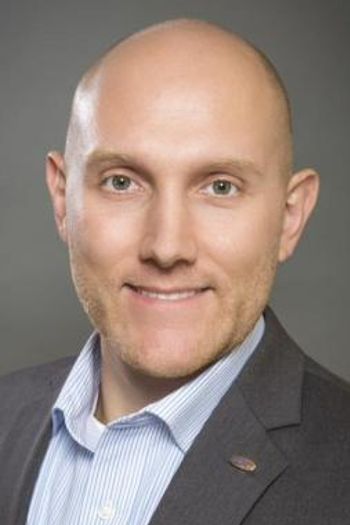
Trump’s $100,000 H-1B fee rattles businesses and alarms physician advocates
Key Takeaways
- The $100,000 H-1B visa fee increase could exacerbate physician shortages, especially in rural and underserved areas, impacting healthcare delivery.
- Indian physicians, a significant portion of international medical graduates in the U.S., may face barriers due to the new fee, affecting healthcare staffing.
The White House says new cost applies only to new applicants, but health care leaders warn of risks for workforce shortages.
The Trump administration’s decision to impose a $100,000 fee on new H-1B visa applications has jolted employers and raised concerns across industries reliant on international talent,
The
Confusion spread quickly. Commerce Secretary Howard Lutnick initially suggested the fee might apply to current visa holders, leading companies to scramble. Microsoft told employees to avoid international travel “for the foreseeable future,” and some employers booked last-minute flights to bring workers back into the U.S.
By Saturday, the White House clarified the fee would apply only to new petitions — not renewals — and would “not impact the ability of any current visa holder to travel to/from the U.S.”
What this means for health care
In 2023, more than 8,200 H-1B approvals were for general medicine and surgical hospitals, according to data from U.S. Citizenship and Immigration Services. Indian physicians represent a large share of international medical graduates (IMGs) practicing in the United States.
The
That reliance makes immigration policy changes more than a business issue. Primary care shortages are already widespread, and many IMGs practice in rural and underserved communities where recruitment is hardest. An additional barrier to entry could further strain physician supply at a time when demand for care continues to rise.
Reactions from business
Reaction to the new fee has been divided. Alan Patricof, a venture capitalist, told
The U.S. Chamber of Commerce warned about “the impact on employees, their families and American employers.”
Others defended the move. Reed Hastings, Netflix co-founder, argued the higher fee would ensure visas go only to “very high value jobs” and reduce reliance on the lottery system.
Administration officials described the fee as a way to prevent overuse of the program. A White House spokeswoman said it would discourage firms from “spamming the system and driving down wages.”
India’s Ministry of External Affairs said the measure was “likely to have humanitarian consequences by way of the disruption caused for families.” The announcement came shortly after the administration imposed steep tariffs on Indian goods, further straining bilateral relations.
Shares of Indian outsourcing firms such as Tata Consultancy Services and Infosys fell about 3% on Monday following the news.
A history of physician advocacy
While the
- In April 2025, the AMA supported the
Doctors in Our Borders Act , which would expand the number of Conrad 30 waivers per state or regional commission from 30 to 100. - On March 28, 2025, the AMA sent letters to the House and Senate backing H.R. 1585/S. 709, the
Conrad State 30 and Physician Access Reauthorization Act , which would reauthorize and improve the J-1 visa waiver program to help ease shortages in rural and underserved areas. Two days earlier, on March 26, the AMA had also signed onto a letter strongly supporting introduction of the same legislation. - In recent years, the AMA has opposed changes to H-1B and J-1 visa rules that, in its view, would worsen physician shortages and undermine patient access to care.
What to expect
Economists and policy analysts warn the change could have ripple effects across health care, higher education, and technology.
In practice, hospitals and practices may find it harder to recruit internationally, pushing them to rely more on domestic graduates, offshore contracting or telehealth. Immigration lawyers also expect the policy to face legal challenges, though none have been filed yet.
For now, the $100,000 fee is in place. Employers, including health care organizations, are weighing what it means for staffing — and how quickly immigration policy shifts can reshape the workforce, and with it, patient access to care.
Newsletter
Stay informed and empowered with Medical Economics enewsletter, delivering expert insights, financial strategies, practice management tips and technology trends — tailored for today’s physicians.








